1
HOME > Fashion History >
VIVIENNE WESTWOOD’S INFLUENCE ON MENSWEAR
Written by Ivan Yaskey in Fashion History on the 17th January 2023
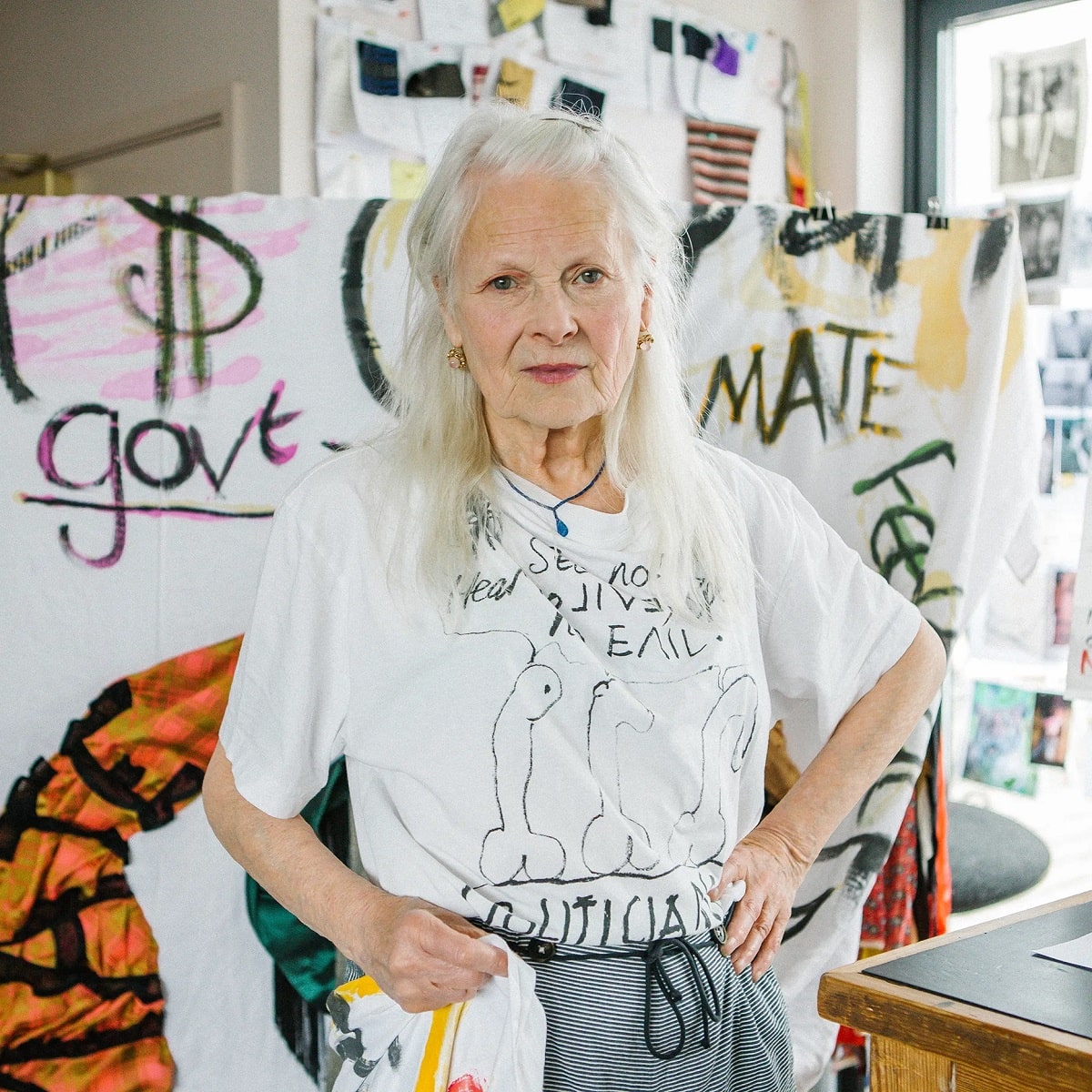
The influence of subculture on couture and ready-to-wear fashion often gets talked about like a new phenomenon – one spurred by luxury streetwear brands and the fashion houses borrowing their themes and silhouettes. Yet, while this pattern is often seen as a recent development, designer Vivienne Westwood’s career traveled this arc.
Passing away on December 29, 2022, Westwood is synonymous with punk fashion – from outfitting the Sex Pistols with Malcolm McLaren to expanding the possibilities of plaid starting in the mid- to late-‘80s. At the same time, Westwood wasn’t just an observer influenced by and elevating the punk aesthetic: Rather, she created clothing out of necessity as a teen, before her rockabilly-inspired jewellery designs started catching attention. With streetwear’s DIY origins often fading into the background in the present, Westwood’s career, both in terms of men’s and women’s collections, proved that you could create something, make it reactionary, and transition to respectability without losing the sense of where you came from. While much of the conversation surrounding Westwood eventually focuses on her couture looks, her approach which further fueled New Romantic style is akin to Stravinsky’s neoclassical period – reworking heritage British fabrics and silhouettes to appeal to the modern dresser.
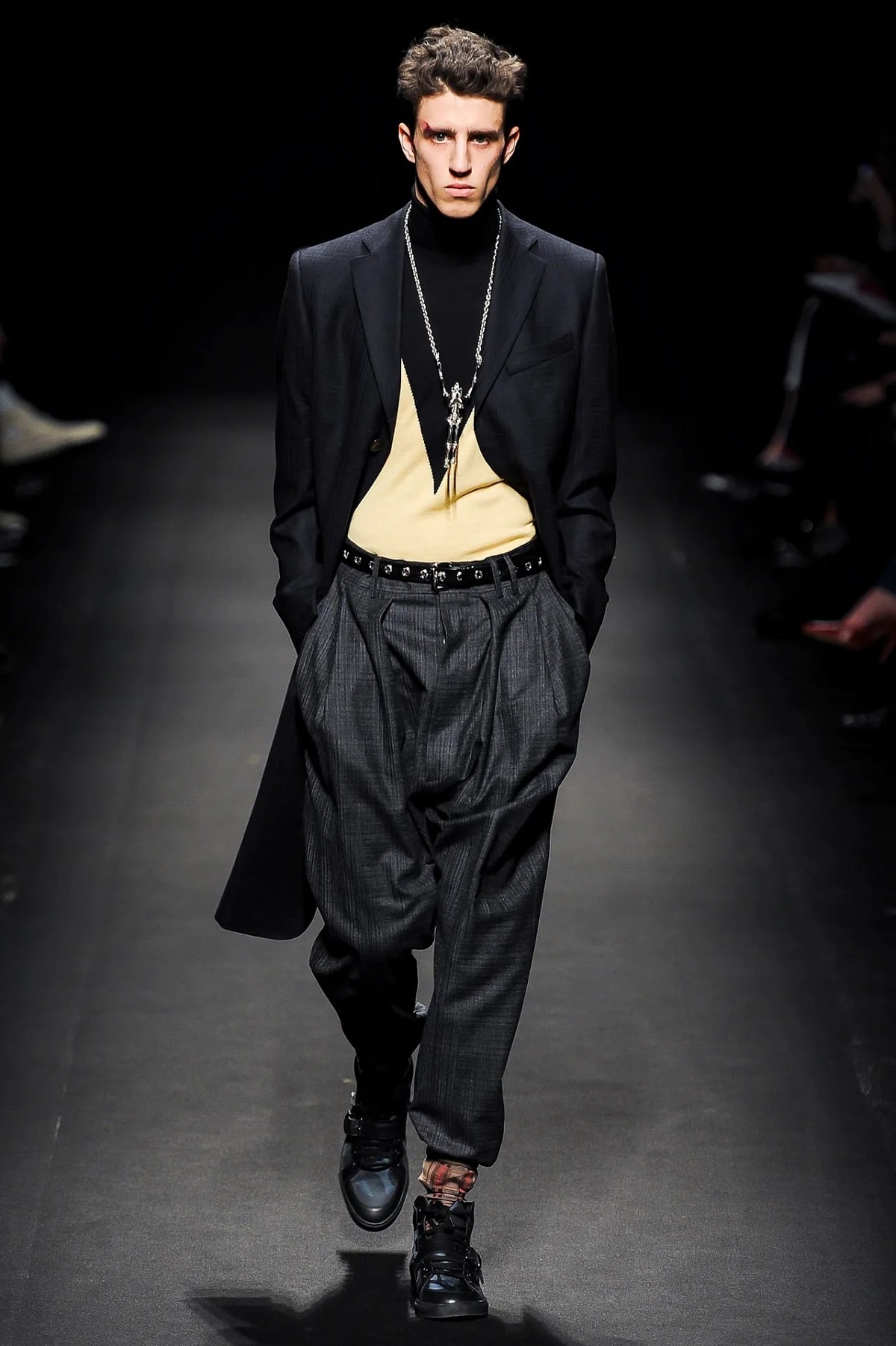
Punk Fashion
Westwood was born Vivienne Isabel Swire Glossop in Derbyshire to a factory worker and cotton weaver. They later moved to Harrow in her teens, and as she progressed toward adulthood, she trained to be a school teacher. She’s claimed she didn’t have designer aspirations, but after taking a jewellery course, she opened a stall on North West London’s Portobello Road – then associated with the city’s hippy and other counterculture movements. Westwood met up with McLaren, then an art school student, in the late ‘60s, where she started designing their clothing and exploring the art of dressmaking. Their partnership first resulted in Let It Rock, a shop opening in 1971 to cater to the rockabilly and Teddy Boy subculture inspired by the ‘50s and intentionally going against the period’s softer flower child ethos. They renamed it – in alluding to films from the period like Rebel Without a Cause and The Wild One – Too Fast to Live, Too Young to Die. The switch wasn’t just a rebrand: Rather, their focus incorporated a burgeoning BDSM influence emanating from rock ‘n’ roll and biker style. By 1974, the shop was rebranded again to SEX, which, in line with the name, sold bondage and other fetish-inspired fare. While SEX itself didn’t originate punk fashion, they served an underground crowd that included sex workers, as well as those influenced by the growing punk movement on both sides of the Atlantic.
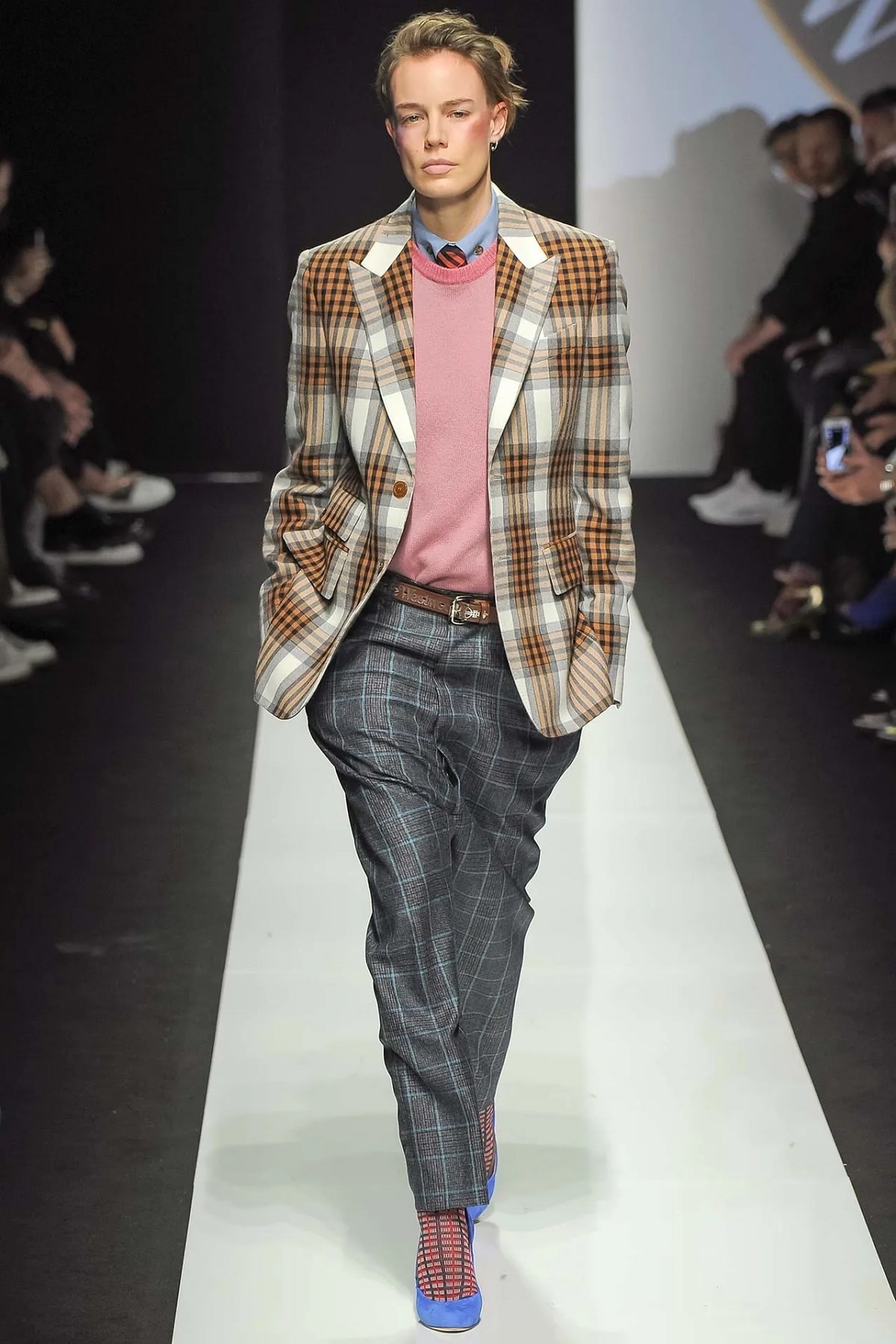
Early on, Westwood supposedly designed to McLaren’s directions, which initially pulled from his time managing the New York Dolls. McLaren brought elements of New York’s punk scene back to London: Upon his return, he used this experience to give visibility to the Sex Pistols, and had Westwood outfit the band based on SEX’s fetish aesthetic. By the mid-‘70s, SEX became Seditionaries: Clothes for Heroes, building off a similar fetish image but starting to take a more familiar form – at least, with what we associate with punk fashion in the present – through a mix of combat-inspired style, bondage trousers, exposed zippers, skull motifs, chains, safety pins, and intentionally distressed, occasionally deconstructed clothing. The name referenced radio stations banning the Sex Pistols’ single "God Save the Queen": Perhaps to capitalize off this moment, Westwood’s vision for Seditionaries became more provocative, through screen-printed images of Queen Elizabeth II, as well as upside-down crosses, exposed nipples, swastikas, and cowboys in sexual poses.
Beyond just reflecting a subculture intentionally subverting conservative British society, the Sex Pistols frequently sported Seditionaries’ garb into the late ‘70s. This approach established them, at least partially, as a protest band and resulted in Westwood and McLaren’s vision framing, if not defining, ‘70s and ‘80s punk style. Since the breakup of the Sex Pistols, as well as the ebb, flow, and mutation of the punk movement, the role of SEX/Seditionaries and Westwood’s designs have been occasionally debated. McLaren has since come forward to state that he conceived the band more as a branding tool for his shop, while singer Johnny Rotten has stated that his collaboration with Sid Vicious pre-dated SEX. And, while Westwood’s emerging ideas have been attributed at least partially to McLaren, her vision and concept started to stand apart in the ‘80s, both in terms of reinvigorating street fashion and for shaping the look of the New Romantic and New Wave movements, which we’ll get to shortly.
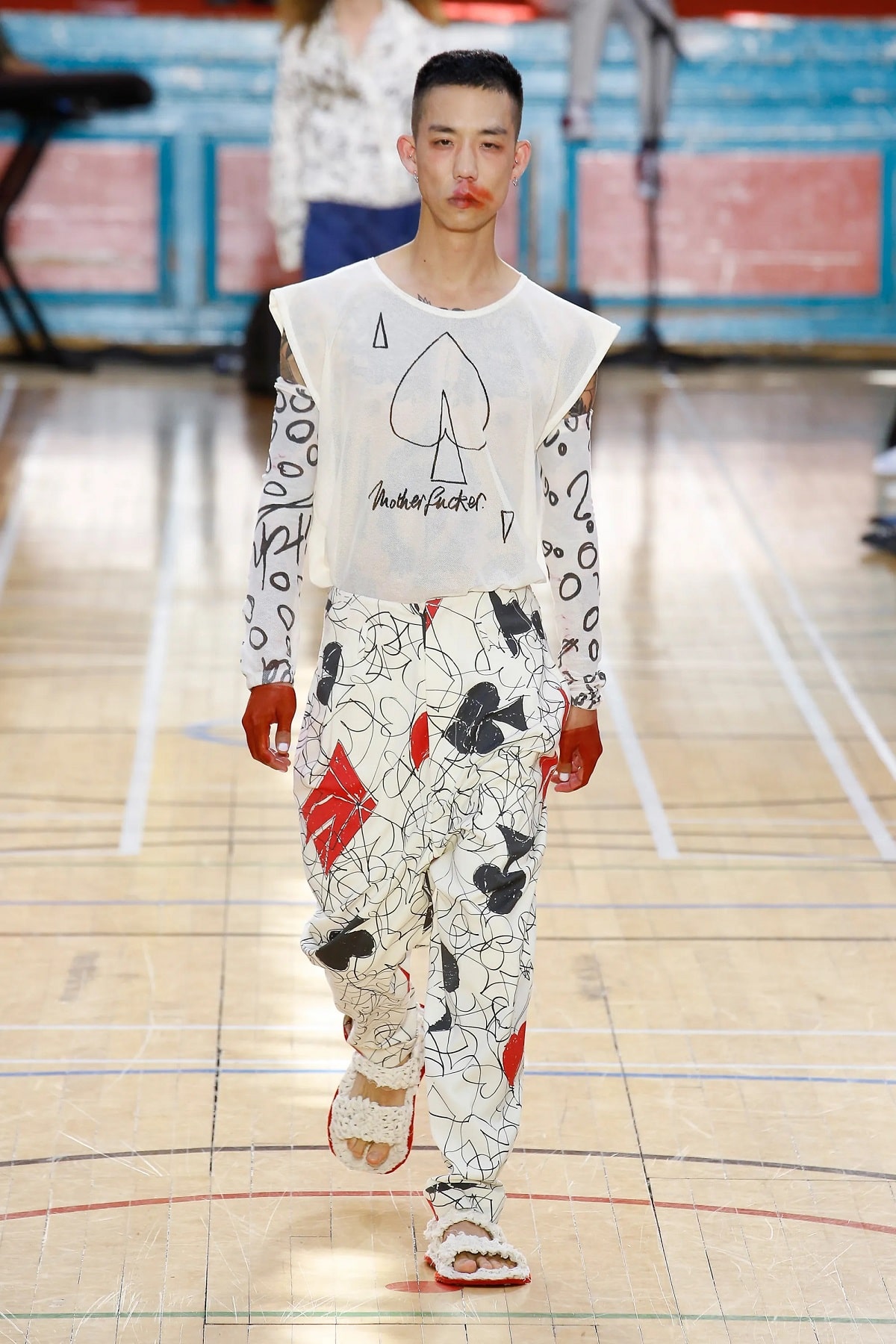
Beyond these disputes, Westwood and SEX by its various names proved that fashion didn’t have to be elevated: It could be deconstructed, it could originate from youth culture, and it could also rework classic British materials like plaid and tweed for a new, edgier, anti-establishment consumer who likely wouldn’t be caught dead in a Savile Row tailoring shop. While other subculture-to-mainstream brands seem to have distanced themselves from their origins – see Supreme and Stussy as two more familiar examples – Westwood clung to the punk aesthetic yet regularly pushed boundaries until it mutated into its own offering – tangential yet inspired by rebellion and ready for yet still feeling experimental on the runways. Westwood, too, didn’t drop the attitude: Starting in ’80s, she spoke out against Margaret Thatcher, offered climate activists a platform, flitted among the U.K.’s political parties based on their mission, moved ahead of her peers in terms of sustainable design and packaging, and eventually took an anti-consumerist stance. Reflecting this – and perhaps embodying the growing anti-fast fashion movement – the Vivienne Westwood line started focusing on more sustainable sourcing, fibers, and dyeing, improving animal welfare, and decreasing plastic usage in more recent years. Collections have since migrated to unisex offerings and similar presentations.
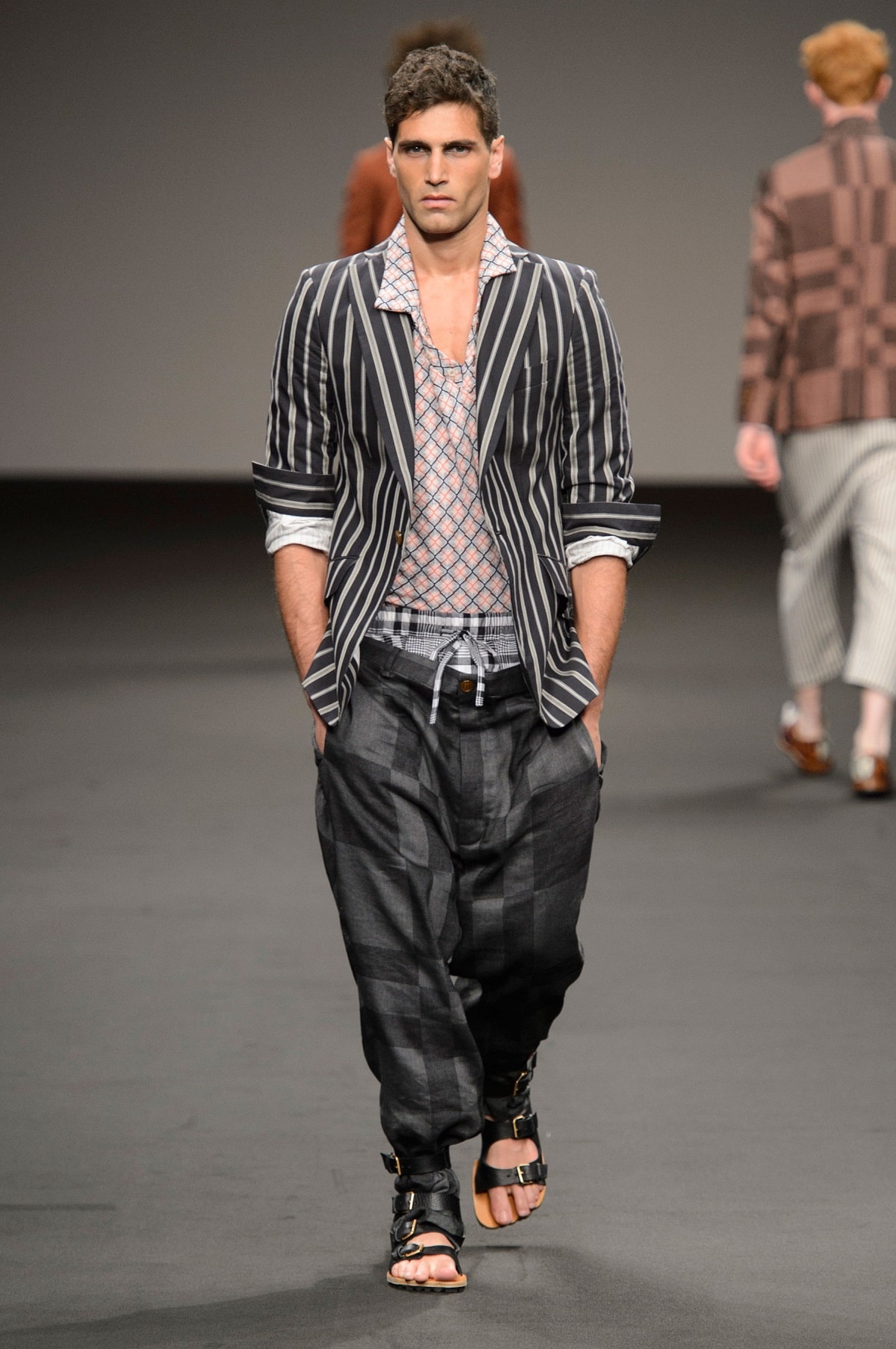
The New Romantic Movement and the Dandy Effect
Fashion can die with pop culture – but what if you intentionally subvert the mainstream? Back in the ‘90s, the pirate shirt was a running joke on a Seinfeld episode, but roughly a decade before, Westwood took inspiration from 17th and 18th century silhouettes and ultimately cross-referenced them with bright Native American, South American, and African prints. Pirate debuted in the autumn of 1981, coinciding with her growing interest in elevated fashion and inspired by this heritage era’s dandies and buccaneers. The aesthetic, perhaps coincidentally and perhaps to embody the post-punk years of the early ‘80s, caught on with performers like Adam Ant and other New Romantic, New Wave, and synthpop artists in the U.K. and Continental Europe. As an example of its lasting effect, German synthpop band Alphaville sported billowing shirts, cropped jackets, and high-waisted wide-legged trousers through the end of the decade. Seditionaries became the aptly morosely titled The World’s End Boutique. With McLaren fading out of the picture, Westwood’s designs only hinted at her punk origins over these years and, instead, significantly shaped British menswear for roughly a decade.
Her contributions led to a preference for asymmetrical and leisurely silhouettes accompanied by androgynous-leaning ruffles, larger shoulders and sleeves, and bright, almost sun-inspired colours and patterns. It felt and looked like a hopeful rendition of an Armani suit, perhaps exaggerated for the clubbing crowd interested in subverting gender. In perhaps subverting herself, collection Buffalo Girls/Nostalgia of Mud, launched in 1982, attempted to connect western cultures with pre-colonization societies and civilizations. Westwood shifted toward a darker, brown-tinted palette while exploring heritage materials through non-western, American hillbilly, and Haitian voodoo lenses. Mirroring menswear in the present, Westwood dabbled with garment structures: Underwear was placed on the outside, fabrics intentionally worn, silhouettes exaggerated their proportions and angles, and materials became walls for the work of New York graffiti artist Keith Haring, often associated with the era’s growing awareness around AIDS.
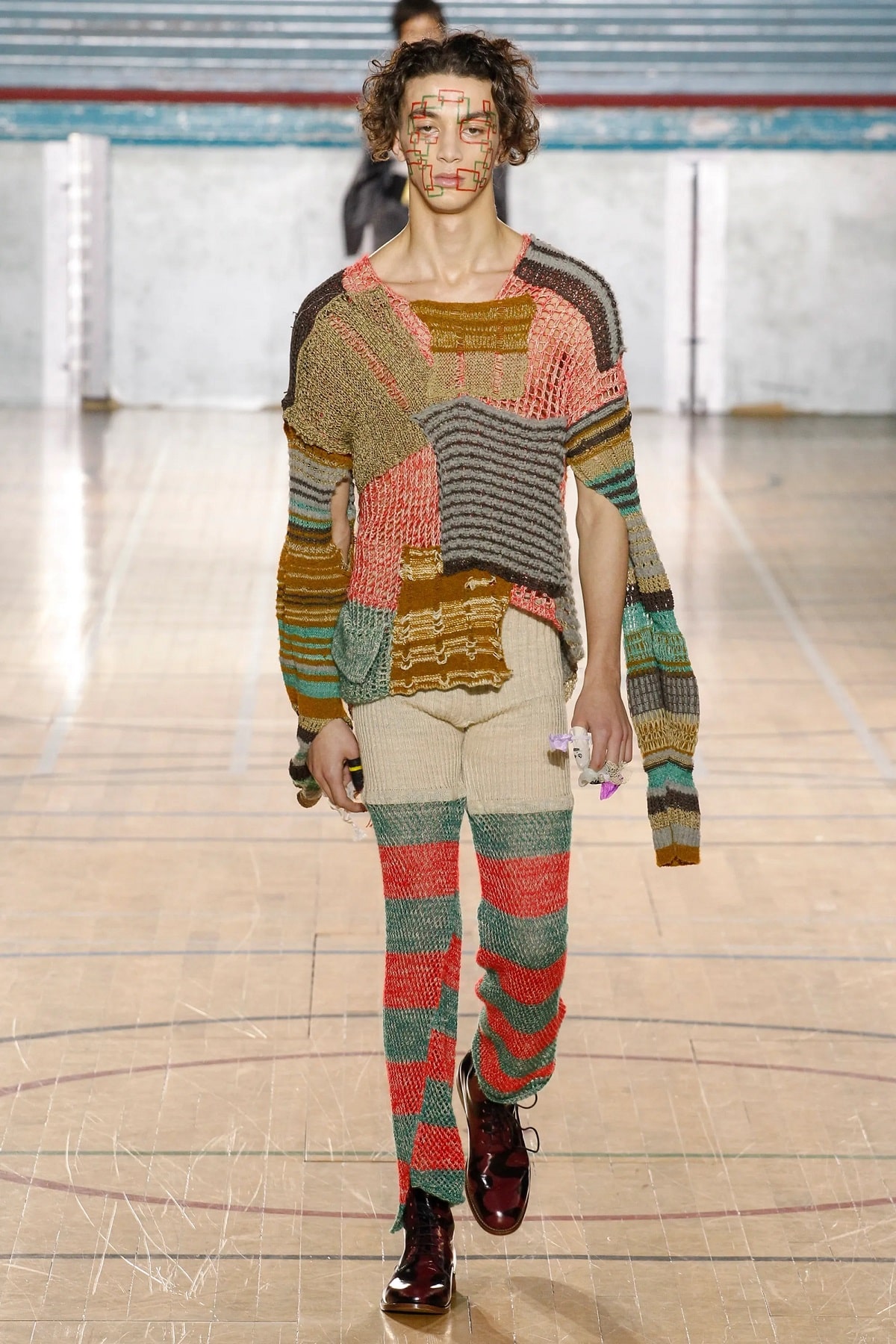
Into High Fashion Territory
1985, with the arrival of the Mini-Crini collection, is said to be when Westwood officially transitioned from rebellious, social commentary-making designer directly inspired by subculture to a respectable fashion house. Although Vivienne Westwood MAN arrived in 1996, menswear as a focus went on the back burner as Westwood experimented with various corset and skirt shapes and deconstructed Harris tweed and tartan. Yet, these developments paralleled her punk years and overarching approach to fashion, repurposing period garments to make a statement about conservatism and social class and recreate classic British fabrics into something more fashionable. Classic tailoring was reworked, to the point it felt fresh, if not weirdly futuristic. We continue to see this approach today, through updated suit silhouettes pulling simultaneously from subculture influences and timeless materials, and is likely why Westwood feels so intertwined with British fashion on a global scale. Further fortifying this respectability, Westwood served as Professor of Fashion at the Vienna Academy of Applied Arts into the early 1990s, and the British Fashion Council named her Fashion Designer of the Year in ’90 and ’91. Into the ‘90s, Westwood started to rethink the codpiece – and advanced the idea of underwear-as-outerwear in terms of clubbing garb – and continued exploring period silhouettes and variations on tartan and plaid. Nodding toward her subculture origins, her brand opted to engage in streetwear-like ventures into the 2010s – mainly, archival collections and collaborations with Vans, Asics, and Eastpak.
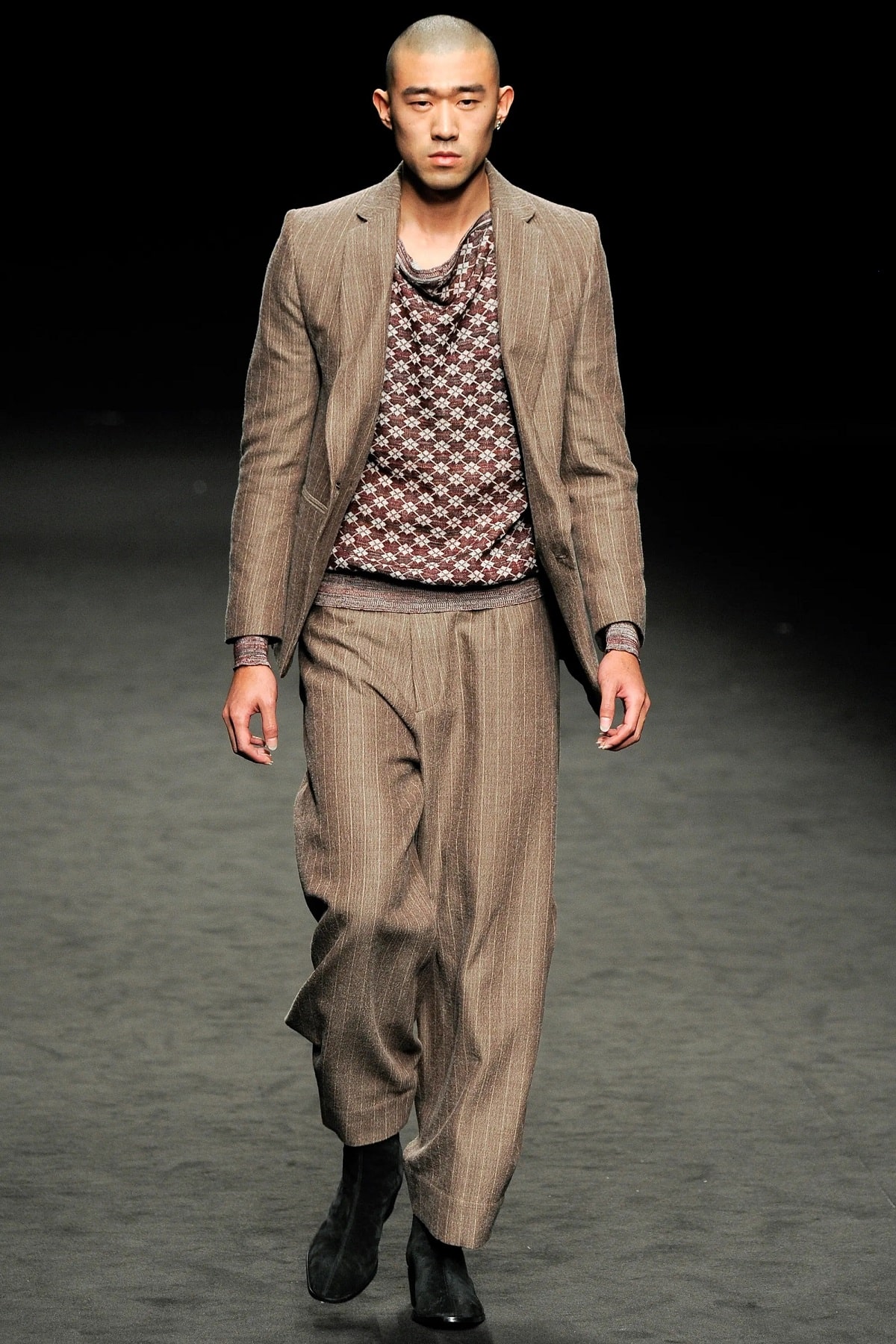
The Rippling Effect
Vivienne Westwood’s career has left three lasting marks on the fashion industry. One, her approach broke down the barrier, albeit temporarily, between subculture and high fashion, creating a more fluid pathway between the two. Her eye of bridging period silhouettes and heritage materials opened the door to Alexander McQueen in the ‘90s, be it that saranwrap dress to the recurring skull motif, to the elevated club kid vibe of Charles Jeffrey Loverboy. To a lesser degree, bondage and nautical influences in fashion now feel less reactionary. Indirectly, the experience of SEX inspired future designers – notably, Yohji Yamamoto – to start up their own subculture-inspired offerings. At the same time, this interchange has framed the approach of Givenchy, Balenciaga, and, for a stretch, that whole post-Soviet movement. Secondly, Westwood’s transition to more structured-yet-deconstructed silhouettes into the ‘80s created a prototype for other subculture-rooted brands, ultimately indicating that creative success and even respectability can be found beyond the underground without compromising your values. Third, the aesthetic ultimately championed and amplified by Westwood with McLaren has defined the vision of punk culture in the decades since. No matter if you’re hearing some Boston or underground Florida punk or trying to wrap your head around the contradictory, too-polished vibes of pop-punk acts from the ‘90s and 2000s, the juxtaposition of plaid and leather alongside safety pins and deliberate distressing is unmistakably iconic.

Trending
2
3
4
5
6
7
8
9
10










